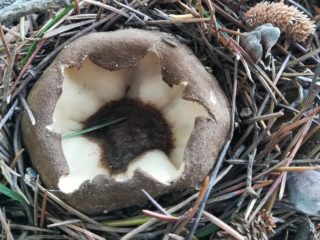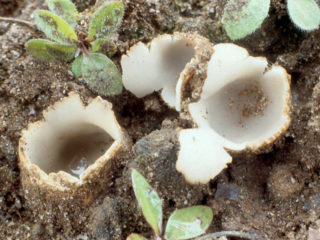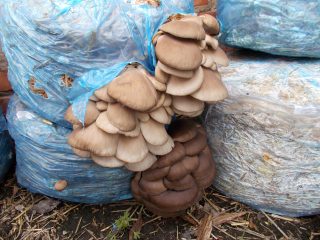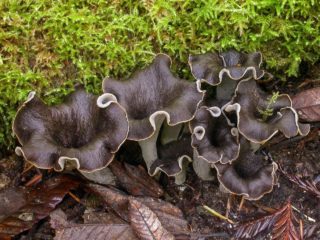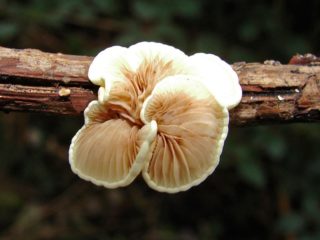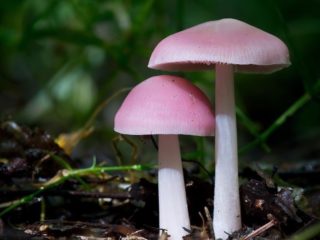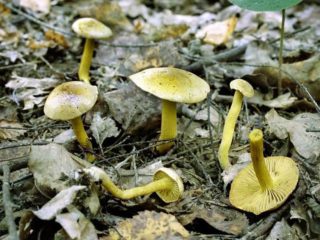Content
Geopora pine is an unusual rare mushroom of the Pyronem family, belonging to the Ascomycetes department. It is not easy to find in the forest, since within several months it develops underground, like its other relatives. In some sources, this species can be found as pine sepultaria, Peziza arenicola, Lachnea arenicola or Sarcoscypha arenicola. This species is called Geopora arenicola in the official reference books of mycologists.
What does pine geopora look like?
The fruiting body of this mushroom has a non-standard shape, since it does not have a leg. Young specimens have a spherical shape, which initially forms underground. And when it grows, the fungus comes out to the soil surface in the form of a dome. During the ripening period, the pine geopore cap breaks and becomes like a star with ragged edges. But at the same time, the shape of the mushroom remains voluminous, and does not open to spread out.
The diameter of the upper part is 1-3 cm and only with rare exceptions can reach 5 cm. The walls are thick, however, with little physical impact, they easily crumble.
The inner side of the fruiting body has a smooth surface. The shade ranges from light cream to yellowish gray. Due to the nature of the structure, water is often collected inside.
The outer side is densely covered with a long, narrow pile. Therefore, when the fungus emerges on the soil surface, grains of sand get stuck in it. Outside, the fruit body is much darker and can be brown or ocher. On the break, a light, dense pulp is visible, which does not have a pronounced odor. When interacting with air, the shade is preserved.
The spore-bearing layer is located on the inner surface of a pine geopore. Bags are cylindrical 8-spore. The spores are elliptical with 1-2 drops of oil. Their size is 23-35 * 14-18 microns, which distinguishes this species from the sandy geopore.
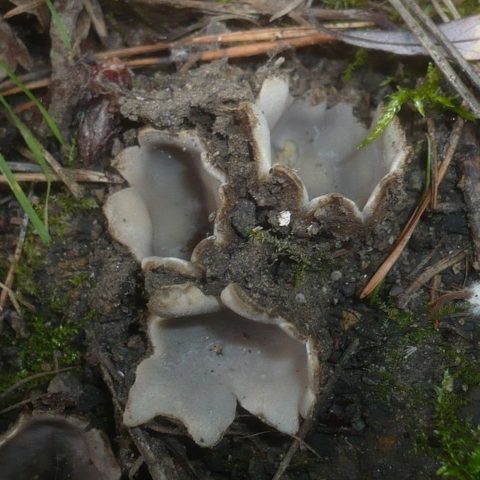
The outer surface is covered with brown hairs with bridges
Where pine geopora grows
This species belongs to the category of rare. It grows especially in the southern climatic zone. Pine geopora can be found in European countries, and successful finds have been recorded in the Crimea. The fruiting period begins in January and lasts until the end of February.
Grows in pine plantations. Prefers to settle on sandy soils, in moss and crevices. Forms a symbiosis with pine. Grows in small groups of 2-3 specimens, but also occurs singly.
Pine geopore develops in conditions of high humidity. Therefore, in dry periods, the growth of mycelium stops until favorable conditions resume.
Is it possible to eat pine geopora
This species is considered inedible. It can not be consumed fresh or after processing. However, no official studies on the toxicity of geopores have been carried out due to the small number.
The small size of the fruit body and the fragile pulp, which becomes tough when ripe, do not represent any nutritional value. In addition, the appearance of the mushroom and the degree of distribution are unlikely to cause a desire among fans of a quiet hunt to collect and harvest it.
Conclusion
Pine geopora is one of the representatives of the Pyronem family, characterized by an unusual structure of the fruit body.This mushroom is of interest to mycologists, since its properties are still poorly understood. Therefore, when you meet in the forest, you should not pluck it, it is enough to admire from a distance. And then this unusual mushroom will be able to spread its ripe spores.
